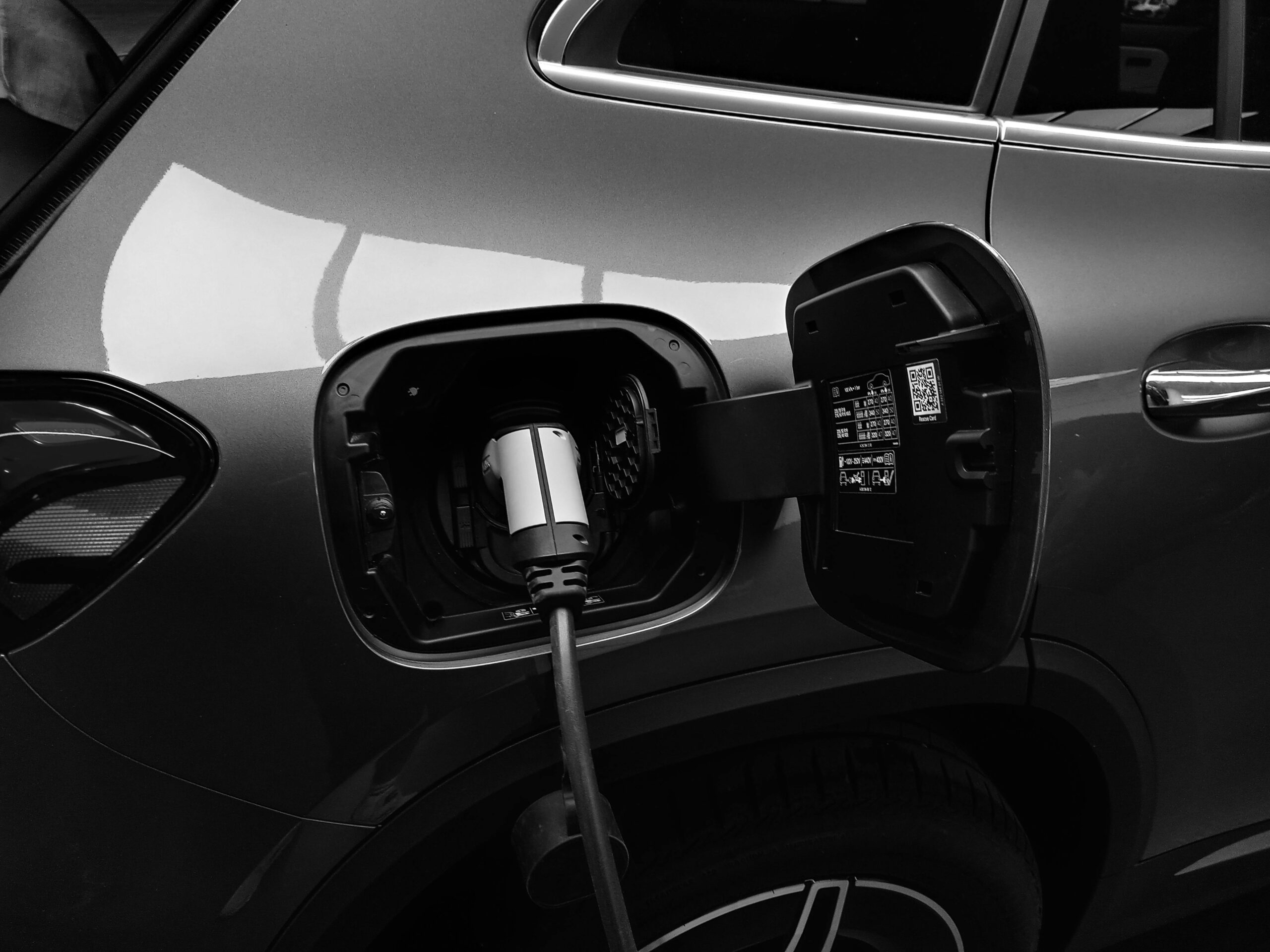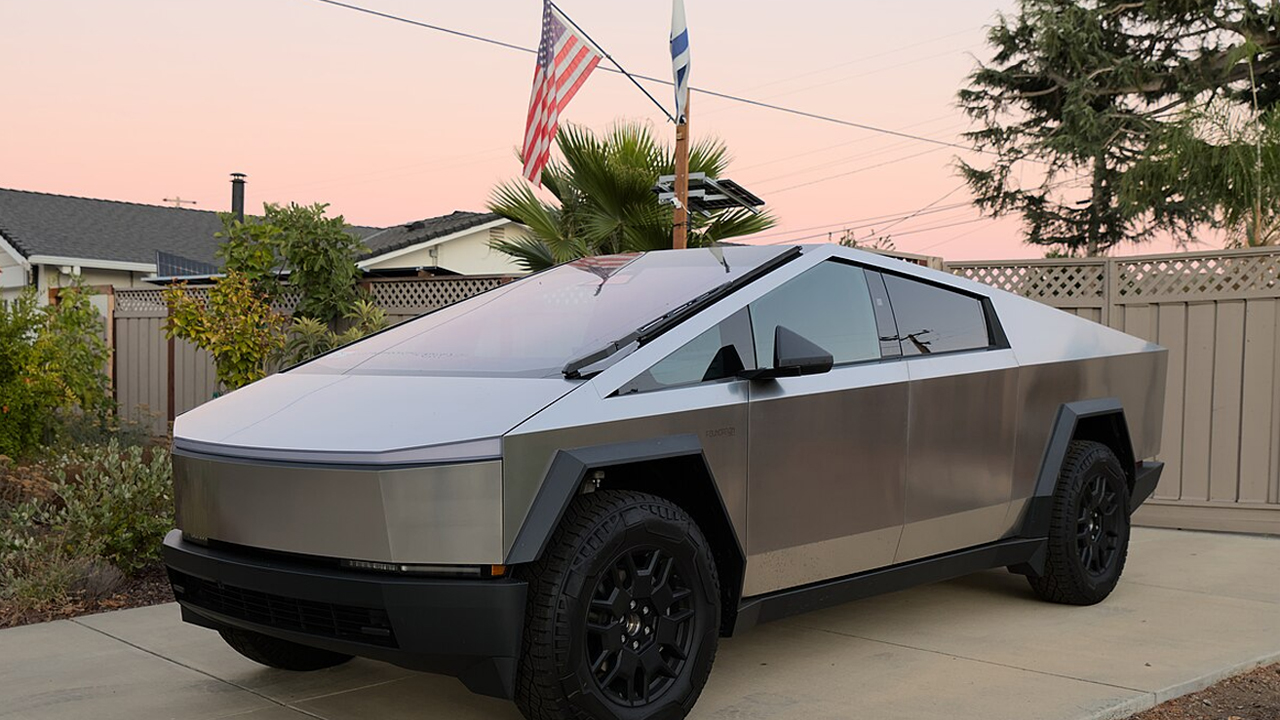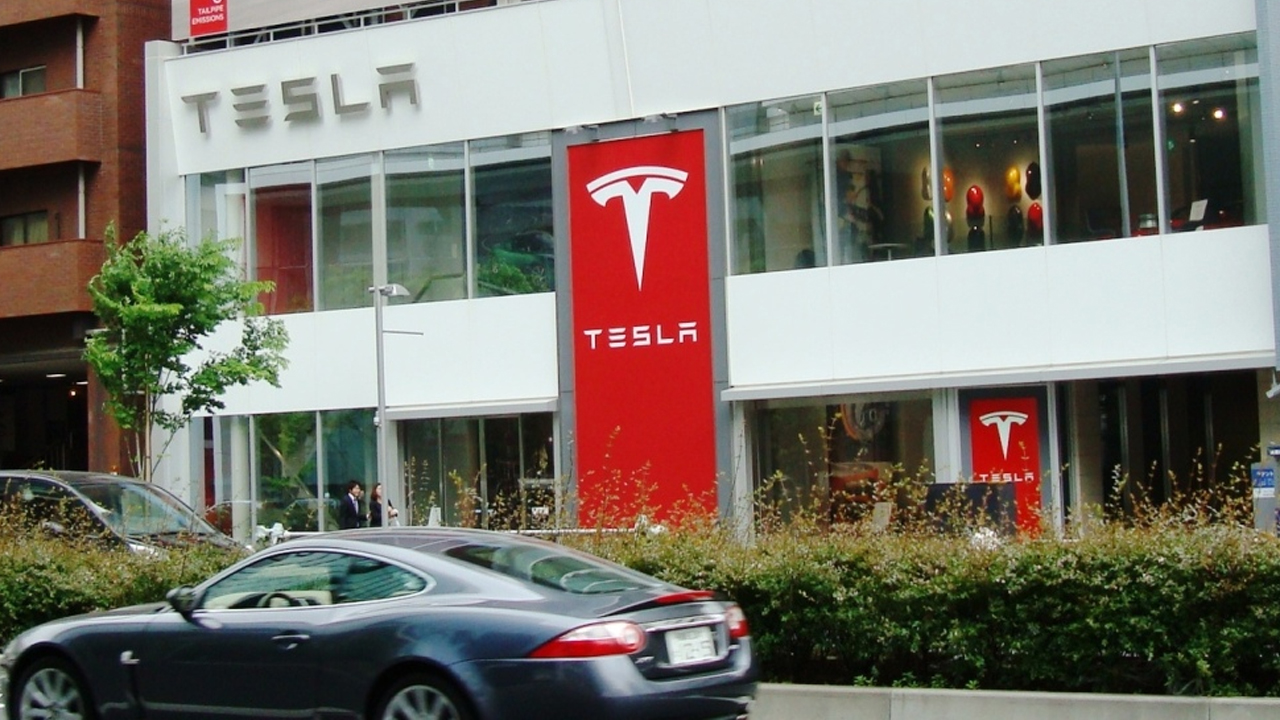I’ve researched a variety of coins that collectors and investors are watching closely this year. Some coins, due to their rarity, condition, or historical significance, have the potential to increase in value significantly.
This article highlights 18 specific coins that could be worth a fortune in 2025 based on current market trends and expert analysis. Understanding these coins can help you make informed decisions if you’re considering buying or selling collectible currency.
1893-S Morgan Silver Dollar
I find the 1893-S Morgan Silver Dollar highly valuable due to its rarity. The San Francisco Mint struck fewer coins that year, making it scarce.
Its condition greatly affects its worth. Well-preserved examples command significantly higher prices in the collectors’ market.
If I owned one, I would have it professionally graded. This coin remains a solid investment choice for 2025 collectors.
1909-S VDB Lincoln Cent
I find the 1909-S VDB Lincoln Cent especially interesting because of its rarity. It was minted in San Francisco, with the initials of designer Victor David Brenner on the reverse.
Only about 484,000 were made, which makes it scarcer than the regular 1909 VDB cents.
In higher grades, this coin can command a premium among collectors. Its historical significance as the first Lincoln cent adds to its appeal.
1933 Saint-Gaudens Double Eagle
I find the 1933 Saint-Gaudens Double Eagle fascinating due to its rarity and legal history. Although nearly 445,000 were minted, they were never officially circulated because the U.S. left the gold standard.
Most coins were melted down, but a few escaped, making them highly sought after by collectors. Ownership is heavily regulated, adding to the coin’s mystique and value today.
1913 Liberty Head Nickel
I find the 1913 Liberty Head Nickel fascinating due to its rarity. Only five examples are known to exist. This coin wasn’t officially minted that year, which adds to its intrigue.
Collectors highly value it for its unique history and scarcity. The coin’s price often reaches millions at auctions. Its rarity makes it an important piece in any serious coin collection.
1794 Flowing Hair Silver Dollar
I consider the 1794 Flowing Hair Silver Dollar a key piece for collectors. This coin is notable as the first official silver dollar minted by the United States. Its historical significance adds to its value in 2025.
Condition plays a major role in its worth. Coins with clear details and minimal wear command higher prices. Rarity also factors into its potential worth within the coin market.
1870-S Seated Liberty Dollar
I find the 1870-S Seated Liberty Dollar notable for its rarity and historical significance. Struck in San Francisco, few coins were minted compared to other years.
This coin features the classic Seated Liberty design, and its condition greatly affects value. Collectors often seek well-preserved examples because of their limited availability.
In 2025, demand remains steady among collectors interested in 19th-century U.S. silver dollars. I consider it a solid option for those looking to invest in historic coins.
1943 Copper Penny
I find the 1943 copper penny fascinating due to its rarity. Most pennies that year were made of steel because copper was needed for the war effort.
A copper 1943 penny is an error coin, and very few exist. Collectors highly seek these due to their unusual nature and scarcity.
If you come across one, it’s worth having it professionally authenticated. The value can be significant compared to common pennies.
1804 Draped Bust Silver Dollar
I consider the 1804 Draped Bust Silver Dollar one of the most famous rare coins. It was minted during a period when silver dollars were not commonly produced, making it scarce.
Only a few originals exist, and they are known as “Class I” coins. Their historical significance and rarity contribute to their high value. Collectors often seek them for their uniqueness and place in U.S. numismatic history.
1916 Standing Liberty Quarter
I find the 1916 Standing Liberty Quarter significant because it marked the first year of this design. The coin features Liberty standing between two pillars, symbolizing strength and protection.
Its value in 2025 largely depends on condition and mint mark. Well-preserved examples can attract serious interest from collectors. I consider it a key piece for anyone focused on early 20th-century American coins.
1944 Steel Penny
I find the 1944 steel penny interesting because it was an accidental production during World War II. Instead of the usual copper, the U.S. Mint mistakenly used steel blanks leftover from 1943.
These steel cents are rare since most coins that year were copper. Collectors seek 1944 steel pennies due to their unusual metal and limited numbers.
The coin shows normal Lincoln Wheat design but feels lighter and magnetic. Its value depends on condition, but it can fetch a premium compared to standard 1944 copper pennies.
1861 Confederate States Half Dollar
I find the 1861 Confederate States Half Dollar particularly interesting due to its historical context. Minted at the start of the Civil War, these coins are rare because they were produced unofficially and in very limited quantities.
The coin’s design resembles the U.S. half dollar of the time, but its Confederate markings make it unique. Collectors value it for its connection to a significant period in American history.
Because of its rarity and story, the 1861 Confederate Half Dollar can be quite valuable, especially if it is well preserved.
1895 Morgan Silver Dollar
The 1895 Morgan Silver Dollar is one of the rarest and most sought-after coins by collectors. I find it fascinating because only 880 were minted for circulation, making it exceptionally scarce.
Most 1895 coins are proofs, which were struck for collectors, adding to their uniqueness. If you come across one in good condition, it might hold significant value today.
1856 Flying Eagle Cent
I find the 1856 Flying Eagle Cent interesting because it was the first year this small cent was produced. It wasn’t officially released for circulation but served as a pattern coin, making it extremely rare.
The coin features an eagle in flight, which marked a design shift from the large cents before it. Its rarity and historical significance have steadily increased collector interest over time.
For me, its limited mintage and unique place in US coinage history make it a fascinating piece to watch in 2025.
1921 Peace Dollar
I consider the 1921 Peace Dollar one of the key coins that might gain value in 2025. This coin marks the first year of the Peace Dollar series, symbolizing the end of World War I.
Its high silver content and historical importance make it sought after. Condition plays a major role in determining its worth, with uncirculated examples valued significantly higher. I watch these closely for potential opportunities.
1885 Trade Dollar
I find the 1885 Trade Dollar intriguing because it marks one of the last years this coin was minted for circulation. It was originally designed to facilitate trade in Asia, making it a unique piece of economic history.
The 1885 Trade Dollar often carries value beyond its silver content. Condition and rarity play a significant role in determining what collectors are willing to pay.
If I were considering an investment, I would focus on coins with strong grading. These tend to have the highest appeal to both collectors and investors alike.
1776 Continental Dollar
I find the 1776 Continental Dollar particularly interesting because it was minted during the American Revolution. Although not officially recognized as currency, it served as a symbol of the colonies’ fight for independence.
Its rarity adds to its appeal among collectors. The coin features a dated 1776 design and inscriptions promoting unity.
In my experience, well-preserved examples can command significant attention at auctions, reflecting both historical and numismatic value.
2007 Australian Kookaburra Silver Coin
I consider the 2007 Australian Kookaburra Silver Coin a notable addition for collectors. It features a detailed image of the kookaburra, a bird native to Australia, known for its unique call.
The coin is made of one ounce of .999 fine silver. Its limited mintage that year increases its appeal to silver coin enthusiasts.
In my experience, the condition of the coin significantly affects its value. Uncirculated or proof versions can command higher prices in the market.
1917 Mercury Dime
I find the 1917 Mercury Dime particularly interesting due to its historical context and design. This coin was minted during the first World War, adding to its appeal among collectors.
The Mercury Dime features a distinctive depiction of Liberty wearing a winged cap. Its silver content also contributes to its value, especially in well-preserved condition.
In 2025, I expect high-grade 1917 Mercury Dimes to maintain steady demand. Finding one with minimal wear can make a noticeable difference in price.
Key Factors That Drive Coin Value
Understanding what makes certain coins valuable helps me recognize why some stand out in 2025’s market. Both the coin’s background and current market conditions play crucial roles in determining worth.
Historical Significance and Rarity
Coins with strong historical importance often command higher prices. For example, coins minted during major historical events or those linked to notable figures tend to attract collectors.
Rarity is another major factor. If only a few examples of a coin exist, its value usually increases. Limited mintages, error coins, or those removed from circulation early can all qualify.
The condition also matters. Well-preserved coins maintain higher values due to their appeal. Sensible grading and authentication provide clear proof of authenticity and state, which collectors value deeply.
Market Trends Influencing Prices
Market demand is volatile, influenced by collector interest, economic conditions, and even pop culture. For instance, spikes in precious metal prices can lift coin values linked to gold or silver.
Auction results and dealer pricing give real-time indicators of current demand. I track these closely to anticipate shifts in coin value.
Changes in regulations or tax policies also impact prices. Collectors should remain aware of these, as they affect liquidity and desirability. Global events can indirectly drive prices through fluctuations in investor confidence.
How To Verify The Authenticity Of Valuable Coins
To determine if a coin is truly valuable, I focus on precise methods that experts use to confirm authenticity. This involves trusted grading practices and identifying key signs of counterfeiting.
Professional Grading Services
I rely heavily on professional grading companies like PCGS or NGC to verify coin authenticity. These organizations assess the coin’s condition, metal content, and historical details.
They provide a certification slab that guarantees the coin’s legitimacy and grade. This documentation increases confidence for sellers and buyers alike.
Using a grading service also protects the coin’s value over time. When I submit a coin, it undergoes rigorous inspection for any signs of wear, alterations, or repairs that might affect its status.
Recognizing Counterfeit Coins
I check coins for inconsistencies in weight, dimensions, and design details. Counterfeits often have slight errors in lettering, spacing, or relief depth that differ from genuine examples.
Magnification helps me spot telltale signs like casting bubbles, uneven edges, or incorrect metal textures. I also compare suspect coins to verified specimens I’ve handled before.
Testing the metal composition is crucial. Portable XRF analyzers or acid tests can confirm if the material matches the original coin’s specifications.
If I suspect a counterfeit, I avoid purchase until further expert evaluation confirms authenticity.



